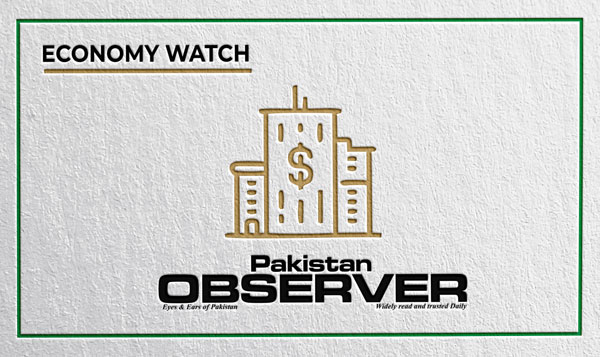The Belt and Road Initiative (BRI) is marking its first decade with flying colors by toning up a new pattern of global connectivity and economic development.
Launched in 2013, BRI has evolved into a comprehensive framework encompassing infrastructure development, trade facilitation, financial cooperation, and cultural exchanges across Asia, Europe, Africa, and beyond.
As we reflect on its journey so far, it becomes evident that BRI carries both regional and international indispensability, with the potential to anchor economic miracles, adapt to challenges, and contribute to sustainable development.
China has inked more than 200 BRI cooperation agreements with 151 countries and 32 international organizations.
As economic globalization is reeling with unseen upheavals and global economic recovery is in deep water, BRI’s global aura becomes a silver lining showing a more important role in boosting the economic growth of relevant countries and regions.
BRI plays a crucial role in advancing world progress by fostering economic development, promoting trade, and enhancing cultural understanding. Through massive investments in infrastructure projects, including roads, railways, ports, and energy facilities, BRI creates new opportunities for economic growth and job creation.
By improving connectivity and reducing logistical bottlenecks, the initiative facilitates the movement of goods and services, enabling businesses to expand their reach and access new markets.
A research report released by the World Bank in 2019 showed that transportation infrastructure projects under BRI, if fully implemented, would generate $1.6 trillion in benefits annually in global revenue by 2030 — accounting for 1.3 percent of global GDP. BRI was proposed by China, yet it generates opportunities and benefits for the entire world.









